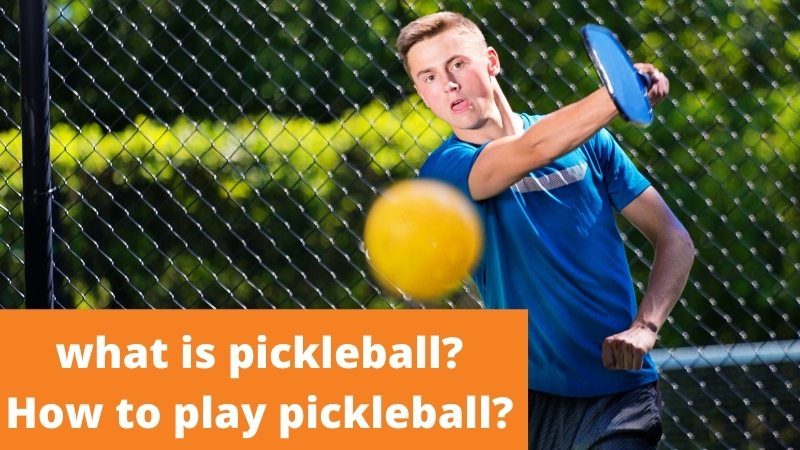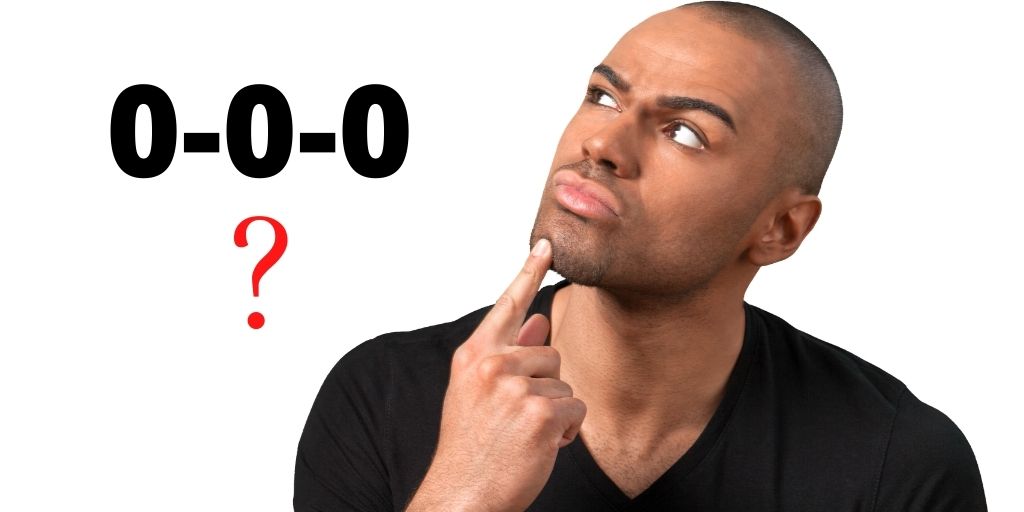Regardless of the game you play, practice is the main key for mastering any game. Learning some pickleball drills can be a game-changer when you want to uplift your pickleball skills.
Though many pickleball drills are available, your primary focus should be on improving your control. Increased control means domination over opponents. The more time you keep the ball in your favor, the better side you will have in the match.
Here we have come up with some pickleball drills to improve control, which can become a tipping point on your pickleball gameplay. Let’s learn from them!
Cross-Court Dinks
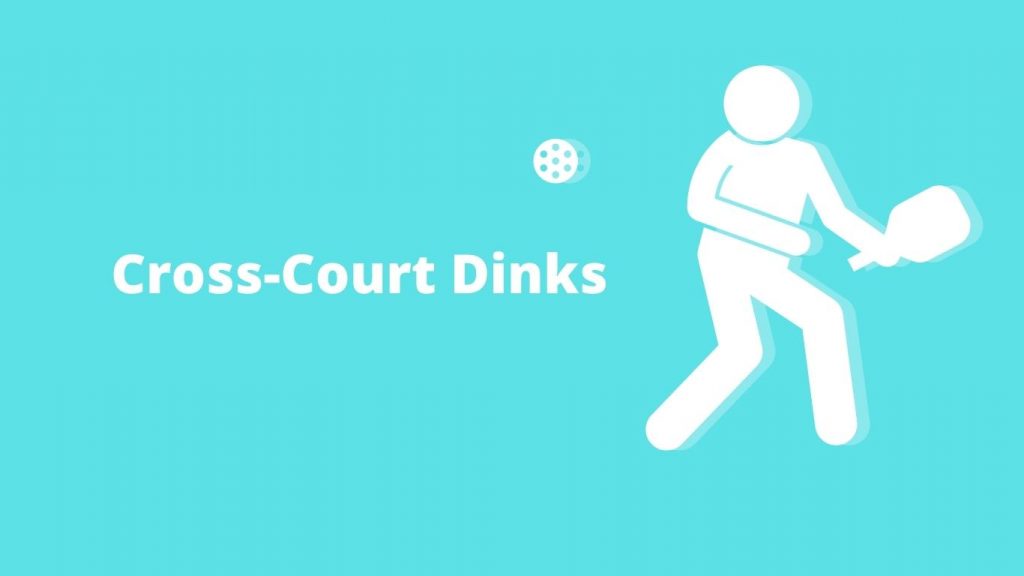
Have you ever checked what shots a pro player often practice before playing any tournaments? Though they practice various types of shots, court-court dinks are one of the most popular ones.
To practice this drill, you need two players. One player will dink from the side of the court to another. It is undoubtedly an effective pickleball shot.
Your upper body and foot movement will shift to the optimal location while practicing this drill. Track your rival player who moves from one side to another and back to forth while you play cross-court dinks.
Volley Battle
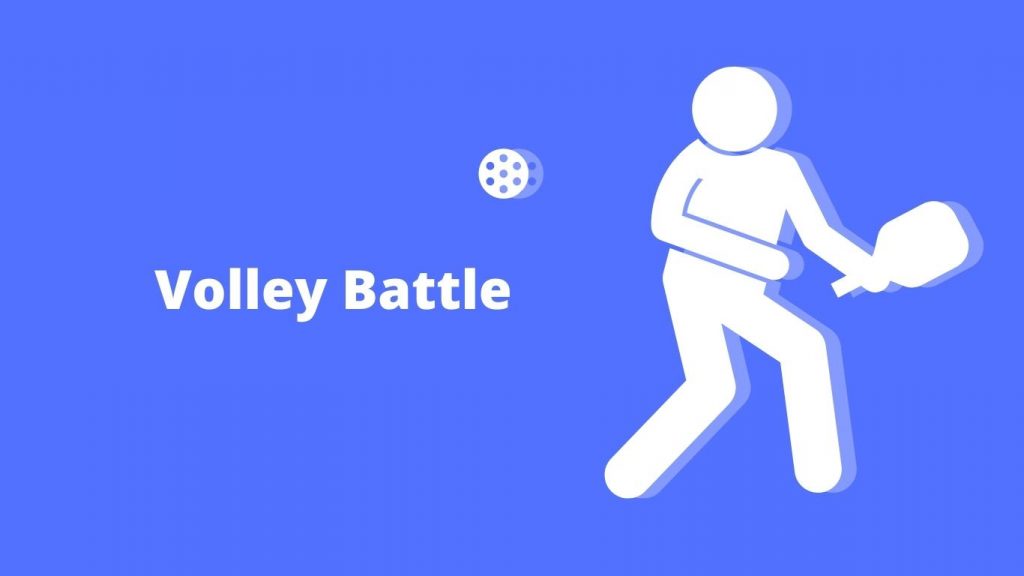
This drill requires you to coordinate eye movement with hand movement while playing pickleball shots.
Your primary focus will be hitting the ball in hither and thither patterns across the net but not giving any scope to the ball to hit the ground.
Volley battle will make your hand movements quicker and readjust your position. Apart from that, you will hit the ball more intensely at the right height so that the net doesn’t block your ball.
This drill is often considered excessively agitated, creating hypes in the pickleball game, especially when your opponent is a pro player.
Groundstrokes
If you have already learned the technique of long rallies, groundstroke drills will be more appropriate for you. So, what are groundstroke drills?
You will aim at hitting the ball with firm strokes to your preferred spot while standing at the far corner of your mate’s court. However, the shot should not be too powerful to outright winners.
Your main focus should be developing a solid feel for your shot and naturally creating a particular effective movement, even under pressure. However, you need to hit the ball repeatedly for the same shot.
For basic Groundstroke Drills, you will return the ball to the exact direction from its origin. To become a master of this drill, you can practice forehands and backhands while standing below the line and cross-court area.
Transition After Serving
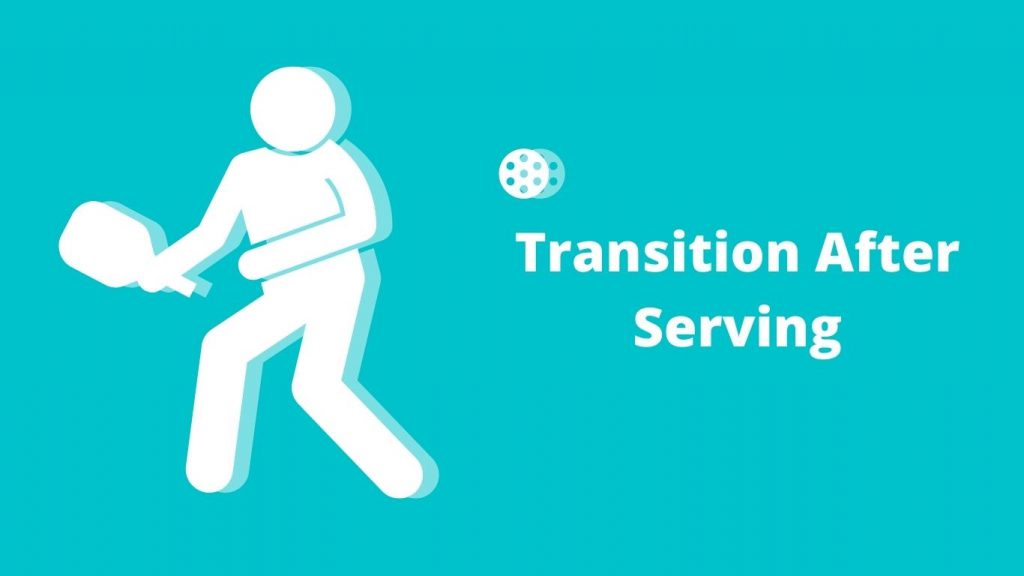
Transition after serving drill is a more advanced pickleball technique. While playing this drill, you come toward the net rapidly from the back of the court. This will help you to hit the return serve from the rival player effectively.
In order to play this drill, one partner is needed. Alternatively, you can practice it with an automatic ball return. Practice the drill from each side to get used to the shot in various situations.
Repeated practices can help you implement this drill on the gameplay precisely. And the result will appear on the pickleball court.
Lobbing Drills
Though many pickleball players take lobbing as an offensive shot, it can be a great drill if you know when and how to utilize it.
A lob shot is generally hit with a high trajectory. The ball mainly gets in contact with your open paddle face.
Read more ” Best Pickleball Paddle For Control “
A player plays a lobbing drill to prevent the rival player from coming toward the non-volley line or manage enough time to prepare him for hitting the next shot.
Nevertheless, it is crucial to remember that not all situations are suitable for playing a lob shot. Picking the ideal time to play such shots is important.
You can play a lob shot when your opponent is expecting you to play a dink shot while they are playing with a little too slow motion.
Distance Control Drill
Many pickleball players often fail to cover the distances between the kitchen line to the baseline. They either stay a far behind position for an extended time or move towards the net quickly. The distance control drill mainly focuses on keeping a player in the right spot while hitting the ball.
To achieve this drilling technique, you and your mate shot should stay in a coordinated location on the court. For example, you will serve the ball from the baseline, and your mate will stay close toward the net.
When your mate hits the ball, you should come one step ahead for each hit. When you reach close to the net, your mate will begin moving in the back direction after every hit.
The distance control drill will be more effective when you want to make your drop shot more advanced. You can try out various pickleball shots to have this drill in your gameplay.
Dropshot Drill
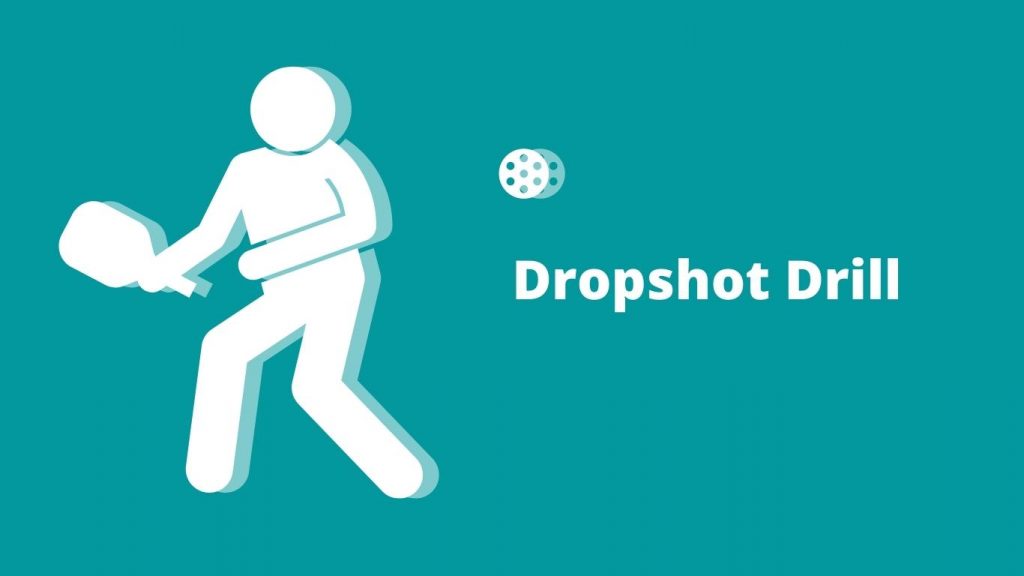
Professional players generally begin their pickleball game with a dropshot, and newbies often struggle to hit back the ball.
The main reason is that beginners return the dropshot with excessive height, which leads to placing the ball at the incorrect spot.
Dropshots are not a piece of cake that you will master easily. Generally, it is a little bit tricky to implement the precise level of power and shot for this shot because you may feel confused about measuring the distance between the baseline and the net.
However, once you learn this drill through continuous practice, it improves your judgment ability to hit the ball at the correct spot and have more control over the ball. This will increase confidence in the game.
Final Thought
Though a lot of pickleball drills can help you to improve your gameplay, you can’t learn them all at a time. You should move sequentially from basic to mid-range to advance.Hopefully, our above-mentioned pickleball drills to improve control will help you better position in any pickleball match. But you must practice, practice, and practice. Only then will you be able to master these drills. Otherwise, you will forget them when you don’t practice regularly.

